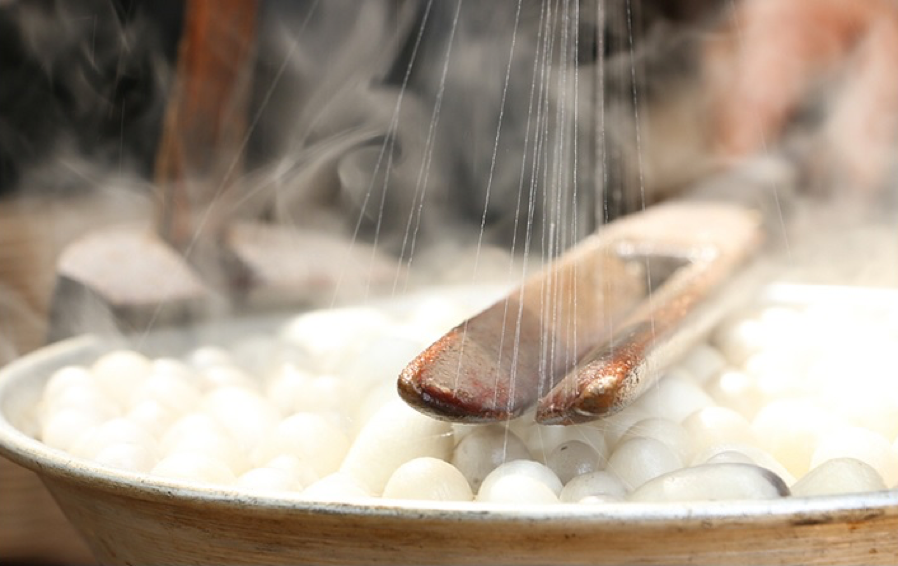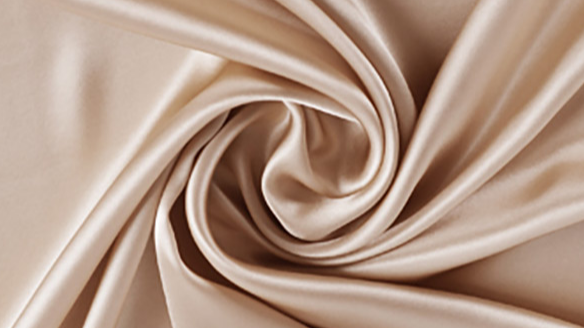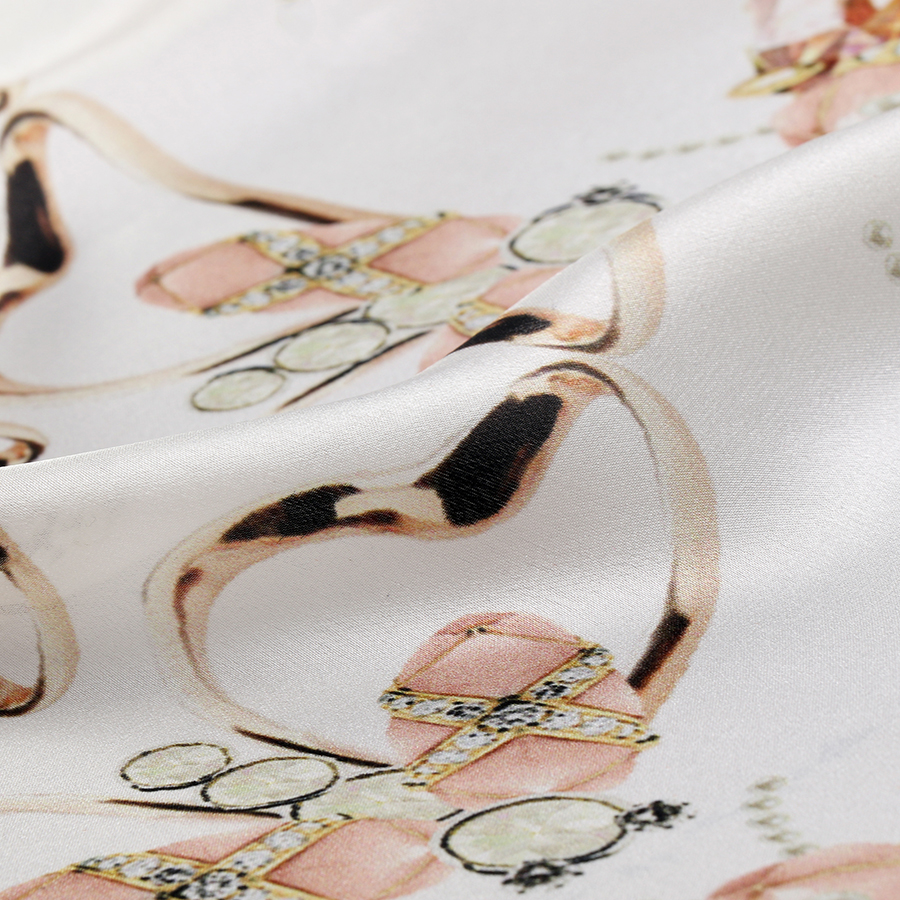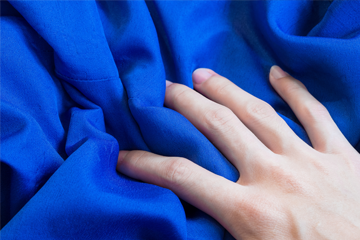
The colorful silk is the crystallization of the delicate dyeing and finishing process. Pengfa's printing process plays a pivotal role in the production of silk. Because only by pursuing technological innovation, we can freely reproduce our favorite colors and patterns on the white fabric, making the fabric more artistic.
Silk Identification

Appearance:
While it can sometimes be difficult to tell based on a store page's photos, especially with Photoshop, there are some clear differences in appearance between real silk and fake silk. Real silk threads are triangular and covered in sericin, which make the silk have a multicolored sheen.
In other words, silk’s coloration won’t look as solid as fake silk’s - real silk shimmers rather than shines. On the other hand, fake silk will have a white sheen at all angles. It will also hang more stiffly on the model or person wearing it - real silk drapes over the person wearing it and usually fits their contours better than fake silk.
Touch it:
While a lot of fake silks can feel somewhat like silk, or at least a lot smoother than other fabrics, there are a couple of ways to tell if what you’re touching is pure silk. First off, if you bunch up silk in your hand, it will make a crunching sound sort of similar to someone walking through snow. In addition, if you rub it with your fingers, real silk will become warm, while a fake silk will not change in temperature.

Put a ring on it:
One of the more interesting traditional methods to tell if something is silk uses a ring. You simply take a ring and try to pull the fabric in question through the ring. Silk will smoothly and quickly slide through, while an artificial fabric won’t: they’ll bunch up and sometimes even get slightly stuck on the ring.
Do note that this is going to be a bit dependent on the thickness of the fabric: an extremely thick silk may be harder to pull through a ring, but in general this method is quite successful at finding fakes.
Playing (CAREFULLY) with Fire:
While a lot of these methods require a discerning eye and aren’t completely foolproof, there’s one surefire way to tell if something is fake silk or real silk: trying to set a small piece of it on fire. While we don’t recommend burning an entire piece of clothing to find out if it’s silk, it’s possible to very carefully pull out a single thread from your garment, then even more carefully try to burn it with a lighter.
Real silk will slowly burn while exposed to the flame, won’t catch fire, will smell like burning hair while touching the flame, but will stop burning almost immediately when the flame is removed. Fake silk, on the other hand, will melt into beads, smell like burning plastic, and can also catch fire, continuing to burn when you remove the flame!






 Alina
Alina Bessie
Bessie



